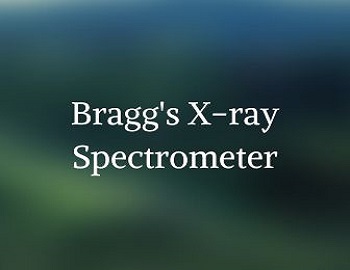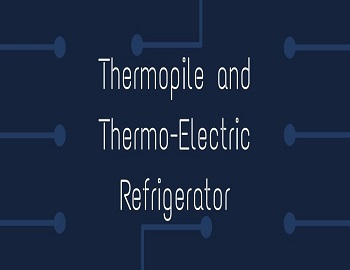Table of Contents
Radio Waves Propagation:
Electromagnetic waves provide a means for the transmission of information from one place to another without wires or the use of any material medium. The em-waves used for such purposes are usually radio waves or microwaves.
Radiowaves and microwaves are radiated into space when a high-frequency current flows in a suitably sized and shaved metallic conductor. Such a conductor is known as the transmitting antenna. To receive these, a conductor of suitable shape and size known as the receiving antenna, is placed in the path of the waves so that a small emf is induced in the conductor. The induced EMF is amplified and decoded to get the desired information.

The radio waves can travel from the transmitting antenna to the receiving antenna in the following three different ways:
- Propagation close to the surface of the earth (as a ground wave).
- Total internal reflection by the ionosphere. The em waves which are capable of reflection by the ionosphere are known as sky waves.
- Direct communication along the line of sight between the transmitting and receiving antennas. The em waves which are capable of direct travel from the transmitting antenna to the receiver antenna are known as space waves.
Ground Waves or Surface Waves:
These waves travel close to the surface of the earth. The electrical conductivity of the earth plays an important role in deciding the propagational characteristics of these waves. Radio waves pertaining to the medium frequency band usually travel by this mode. Long-distance transmission is not possible by the use of ground waves as these waves are rapidly attenuated due to absorption by the earth. These waves are not reflected by the ionosphere- they are infact absorbed by the ionosphere.
Sky Wave:
The refractive index n of an ionospheric layer for a certain frequency f of the radio waves depends on the concentration of electrons in that layer and it is given by

where N is the number of electrons per unit volume. The refractive index of an ionized medium is less than 1. As we go higher and higher N goes on increasing up to a certain height. This means that the ionosphere becomes more and more rarefied. It is, therefore, possible for radiowaves of certain frequencies to get totally reflected by the ionosphere. Whether such a total reflection really takes place or not depends on the frequency f of the radio wave and its angle of incidence. From such studies, it has been found that radiowaves of the medium frequency (MF), so-called long waves are not reflected by the ionosphere. However, high frequencies (HF) or short waves are totally reflected but waves of very high frequencies simply escape after showing small bending.

The radio waves which reach the receiving antenna as a result of reflection from the ionospheric layers are called Sky Waves. Due to multiple reflections between the earth and the ionosphere, long-distance transmission is possible by the sky waves.
Space Waves:
The electromagnetic waves which travel directly from the transmitting antenna to the receiving antenna, without being influenced by the earth are called space waves. Microwaves i.e., T.V. and radar waves follow this mode of propagation.
To receive a space wave, the receiver antenna must directly intercept the signal. Now as the Earth is round and the space wave does not bend according to the curvature of the Earth, long-distance transmission is not possible by the use of space waves. Thus, if the height of the transmitting antenna is h above the ground no reception is possible by space wave beyond the point S and R as shown in the figure below. To calculate the range, (=PR) we use the right-angled triangle OQR. We find-
| OQ2 = OR2 + QR2 |

As the height h (= PQ) of the transmitting antenna is very small compared to the radius R (= PO) of the earth we can say that the distance QR is nearly equal to the distance PR, which is the range d up to which TV signal can reach. Therefore,
| OQ2 = OR2 + PR2 ⇒ (R + h)2 = R2 + d2 ⇒ d2 = 2hR + h2 ≅ 2hR |
The above analysis shows that d ∝ √h i.e., the TV range is proportional to the square root of the height of the transmitting antenna. To get large coverage TV towers are, therefore, made as high as possible.









Comments (No)